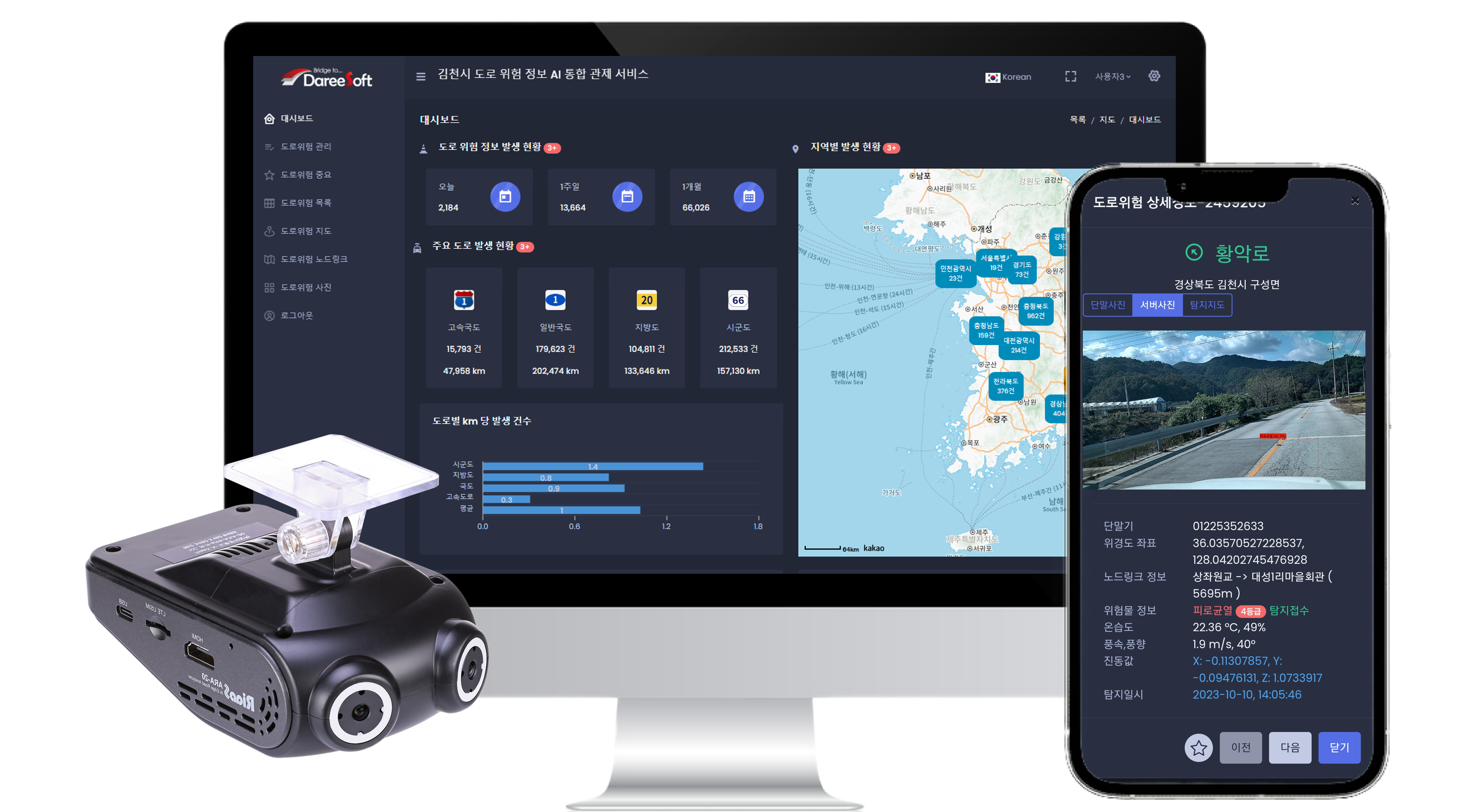
Road Safety October 25, 2023
Unveiling the Lacking Awareness of Smart City Technologies: Impact and Solutions
Introduction:
In today’s rapidly advancing world, smart city technologies hold immense potential to transform urban landscapes, enhancing efficiency, sustainability, and quality of life. However, despite the availability of variety of such technologies, society and governments often lack the necessary awareness to fully harness their benefits and continue the trend of working with just a handful of technologies which may be in trend thus missing out many innovative and pathbreaking new technologies. This blog delves into the impact of this awareness gap, suggests potential solutions, and explores how collaboration among corporates, governments, and academia can bridge this divide.
The Impact of Lacking Awareness:
The absence of awareness about smart city technologies stifles their adoption and utilization. Many citizens remain unaware of the innovative solutions that could enhance their everyday lives. Governments often struggle to understand the transformative potential of these technologies and thus fail to incorporate them into urban planning effectively. This results in missed opportunities to improve infrastructure, manage roads well, transportation systems, energy efficiency, and public services. The lack of awareness also contributes to skepticism and resistance from stakeholders, hindering progress.
Now let us take an example of Dareesoft’s innovative RiaaS (Road Hazard Information as a Service). This solution-based service is so innovative and new into the smart cities market that many of the government agencies don’t even know and can’t imagine that something of such sort exists in the market.
RiaaS is a road hazard management service in which its AI Road Analyzer-2.0 laden with AI vision camera scans the roads and detects hazards like potholes, cracks, trash etc. This device is installed in any enclosed moving vehicle like car, truck, buses and then it transmits the data of hazards to the server. After undergoing one more round of data cleansing in the server the data of hazards is delivered to the web-based monitoring dashboard in the form of pictures of hazards along with its exact location. This system empowers the governance and enables the road maintenance agencies to have a complete and comprehensive picture of the health of their roads. They have information about every hazard on the roads with remarkable accuracy.
Now what most of the governments are doing is manual and reactive maintenance. Most of them have no idea how technology can transform the entire road maintenance. It not only requires political will but also a deep level of awareness and acceptance of new technologies. The landscape of smart cities is incomplete without smart road hazard management which services like RiaaS offer.
Let us delve deep into understanding how the gap between existing technologies and the awareness regarding them can be bridged.
Improving Awareness:
1. Education and Public Awareness Campaigns: Governments, academia, and corporates can collaborate to develop comprehensive educational initiatives and public awareness campaigns. These initiatives should focus on raising awareness about the benefits and practical applications of smart city technologies. Workshops, seminars, and online platforms can be utilized to disseminate knowledge and engage citizens.
2. Government Policies and Incentives: Governments play a pivotal role in driving awareness and adoption. By implementing supportive policies, such as funding branding and outreach for innovative startups, funding research and development, providing incentives for smart city technology implementation, and establishing regulatory frameworks, governments can encourage investment and foster a conducive environment for innovation and awareness about them in the market.
3. Collaboration between Corporates, Governments, and Academia: Effective collaboration among these key stakeholders is crucial. Corporates can share their expertise and resources, governments can provide funding and regulatory support, and academia can conduct research, train professionals, and develop innovative solutions. Joint initiatives, such as public-private partnerships and collaborative research projects, can bridge the knowledge gap and drive technological advancements.
4. Demonstrations and Pilot Projects: Showcasing real-life examples of successful smart city projects can have a profound impact on raising awareness. Governments can collaborate with technology providers to implement pilot projects that demonstrate tangible benefits to citizens. These projects can serve as powerful testimonials and inspire further adoption. The role of international institutions like Citynet., World Bank, WeGo, Global Road Safety Facility etc. are also very crucial here in engaging governments of many different countries and promoting the new and innovative technologies.
Looking at the scenario, addressing the lacking awareness of smart city technologies is essential to unlock their full potential. By fostering collaboration among corporates, governments, and academia, implementing educational initiatives, and showcasing successful implementations, we can bridge this gap. Empowering society and governments with knowledge will pave the way for the widespread adoption of smart city technologies, creating sustainable, efficient, and livable cities for future generations.
POPULAR
-
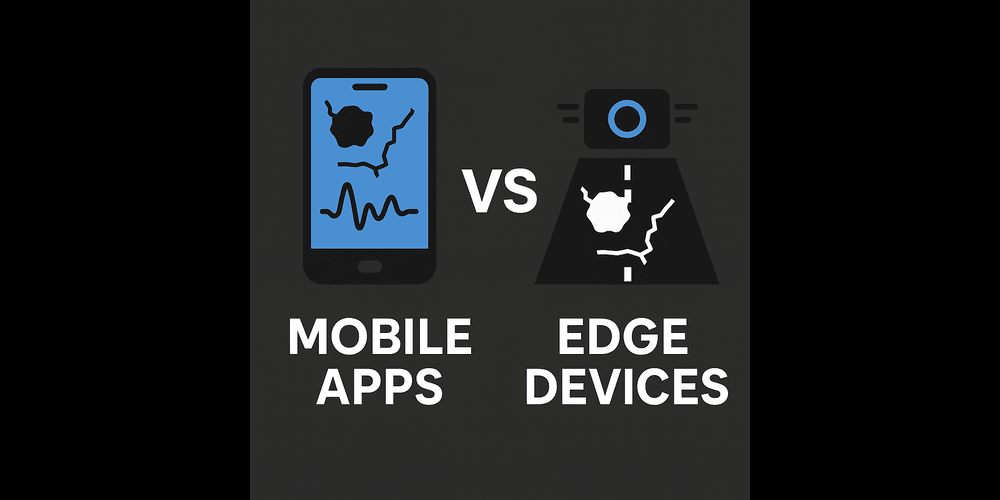 Why Most Mobile App Based Road Monitoring Companies Are a Joke
Why Most Mobile App Based Road Monitoring Companies Are a Joke -
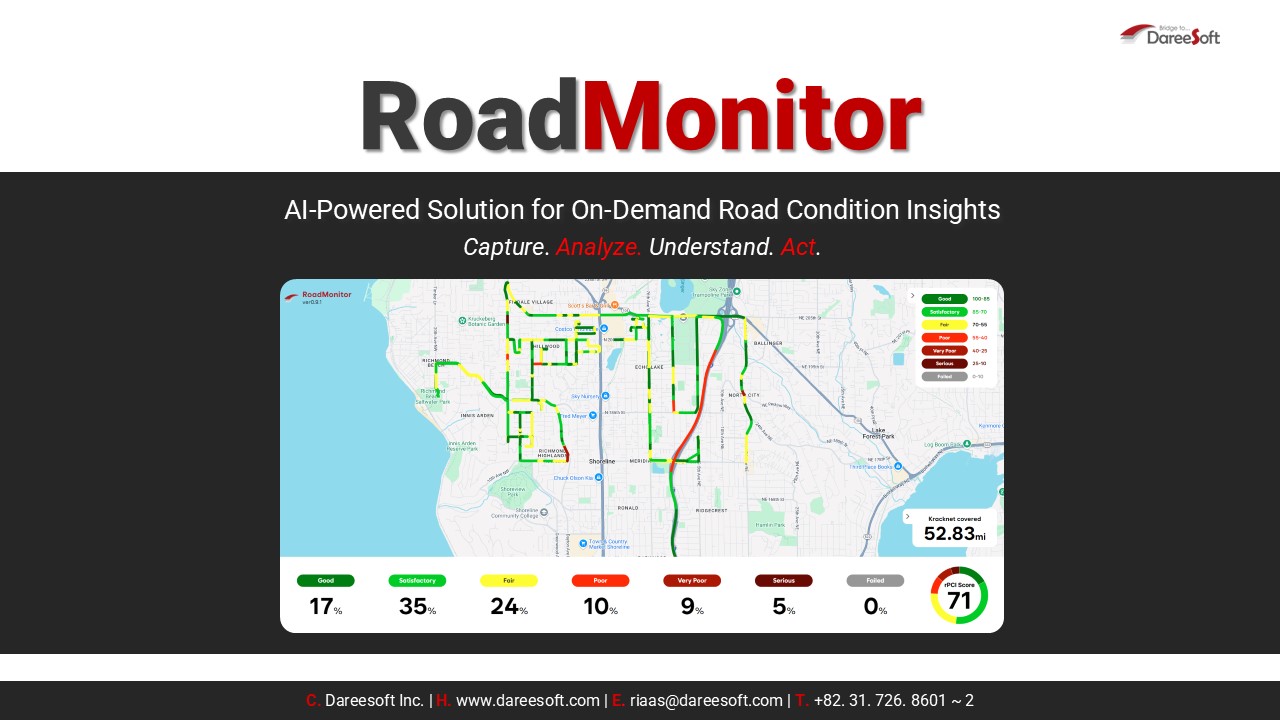 How Dareesoft’s AI-Powered Road Monitor is Transforming Road Maintenance and Urban Infrastructure
How Dareesoft’s AI-Powered Road Monitor is Transforming Road Maintenance and Urban Infrastructure -
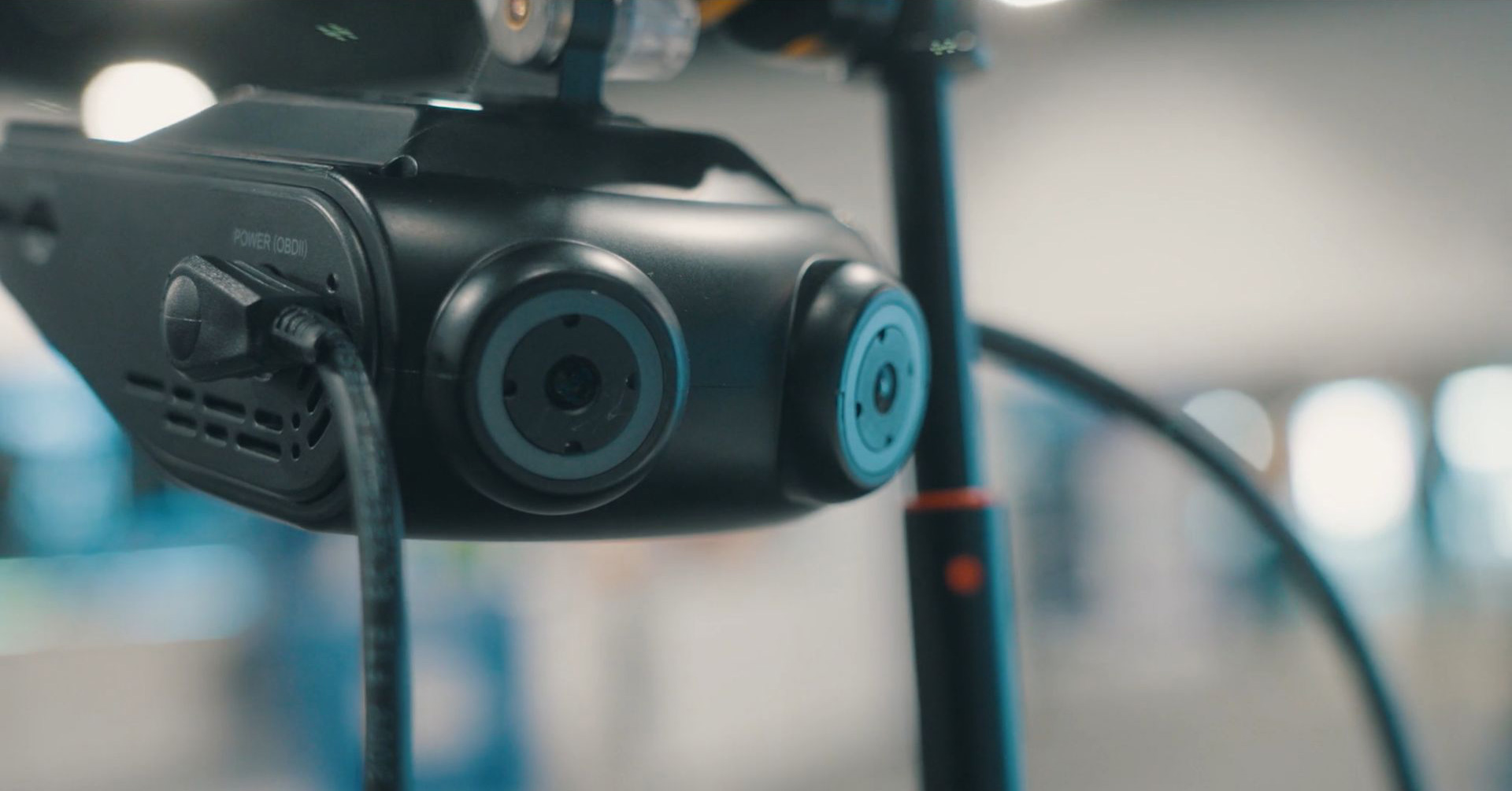 Convert Your Roads into Next Generation Roads with RiaaS
Convert Your Roads into Next Generation Roads with RiaaS -
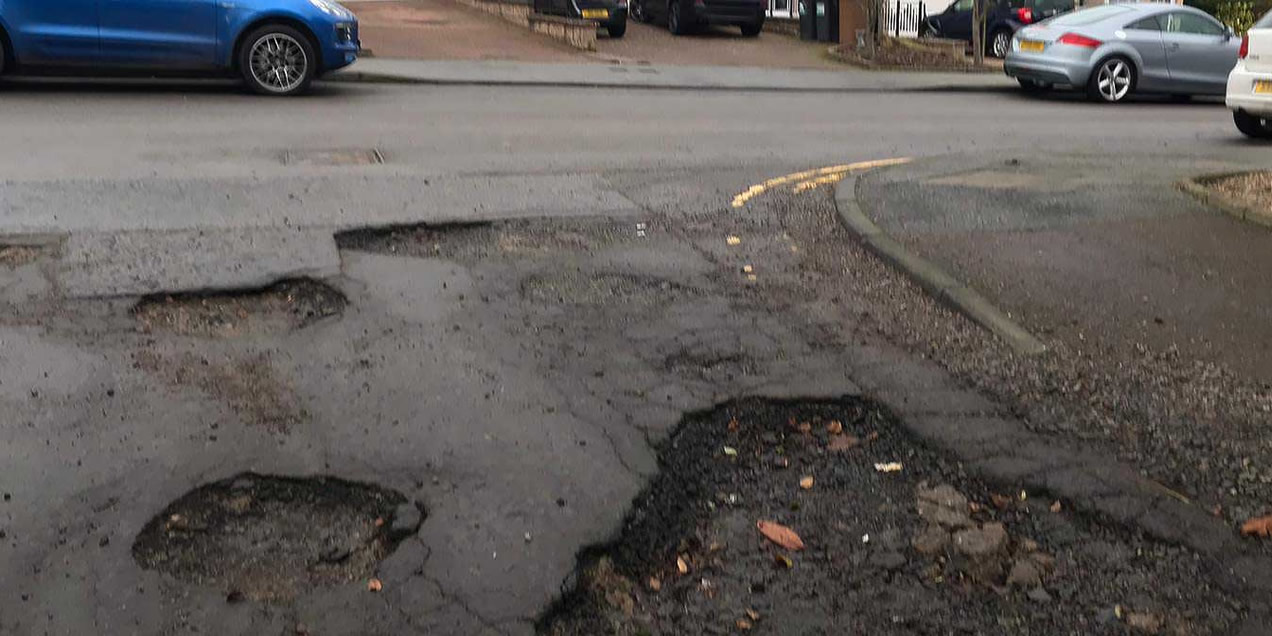 Are you a City Manager tired of finding Potholes? Try RiaaS, the AI powered technology which is disrupting the market?
Are you a City Manager tired of finding Potholes? Try RiaaS, the AI powered technology which is disrupting the market?

